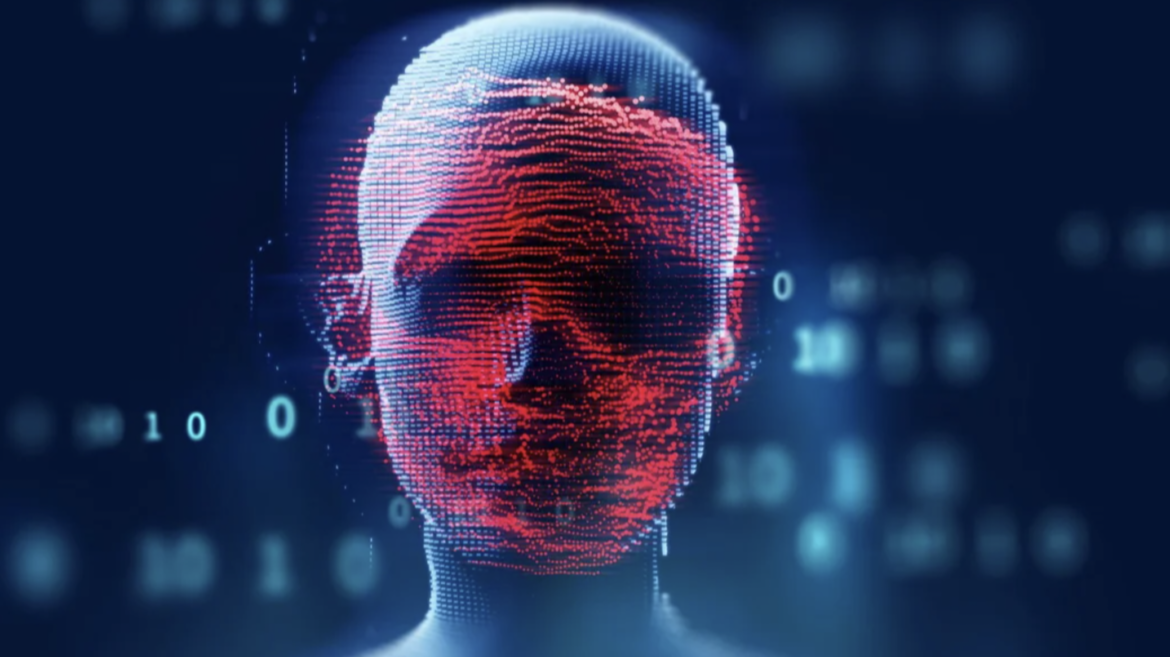The rapid evolution of Artificial Intelligence (AI) has ushered in an era of unprecedented technological advancement. However, alongside its myriad benefits, AI has also become a potent tool for malicious actors, enabling sophisticated deception tactics that pose significant threats to individuals, organizations, and societies at large.
The Proliferation of AI-Generated Misinformation
AI’s capability to generate realistic content has led to a surge in misinformation. A notable example is the identification of over 1,150 unreliable AI-generated news websites by NewsGuard, highlighting the scale at which false information can be disseminated. These platforms exploit AI to create and spread deceptive content rapidly, undermining public trust and distorting perceptions.
Deepfakes and Voice Cloning: The New Age of Digital Impersonation
Deepfake technology, powered by AI, allows for the creation of hyper-realistic videos and audio recordings, making it challenging to distinguish between genuine and fabricated content. For instance, during the 2023 Slovakian elections, a deepfake audio recording falsely depicted politician Michal Simecka discussing election manipulation. Despite being debunked, the timing of its release, just days before the election, had the potential to mislead voters and influence the electoral process.
AI in Cyber Deception: A Double-Edged Sword
While AI equips defenders with advanced tools to protect systems, it simultaneously empowers attackers to craft more convincing and adaptive threats. Generative AI models can autonomously create phishing emails, fake websites, and even synthetic identities, enhancing the effectiveness of social engineering attacks. This duality necessitates a reevaluation of traditional cybersecurity strategies to address the dynamic nature of AI-driven threats.
The Role of AI in Defensive Cyber Deception
On the defensive front, AI is being harnessed to develop sophisticated cyber deception techniques. AI-enhanced honeynets and decoys can lure attackers into controlled environments, allowing defenders to gather intelligence and devise countermeasures. These proactive defense strategies aim to outsmart cyber attackers by turning their tactics against them, thereby enhancing the resilience of cybersecurity infrastructures.
The Urgent Need for Adaptive Cybersecurity Measures
The integration of AI into cyber threats underscores the urgency for adaptive cybersecurity measures. Organizations must invest in AI-driven security solutions capable of detecting and mitigating AI-powered attacks. This includes deploying machine learning algorithms that can identify anomalies, predict potential threats, and respond in real-time. Additionally, fostering collaboration between industry, academia, and government is crucial to developing comprehensive strategies that address the multifaceted challenges posed by AI-powered deception.
Conclusion
As AI continues to evolve, so too does the landscape of cyber threats. The rise of AI-powered deception presents complex challenges that require innovative and adaptive responses. By understanding the capabilities of malicious actors and leveraging AI for defense, societies can better navigate this new frontier, safeguarding the integrity of information and the security of digital infrastructures.
Recent Developments in AI-Driven Cyber Threats:
Wall Street is worried it can’t keep up with AI-powered cybercriminals


Leave a Reply